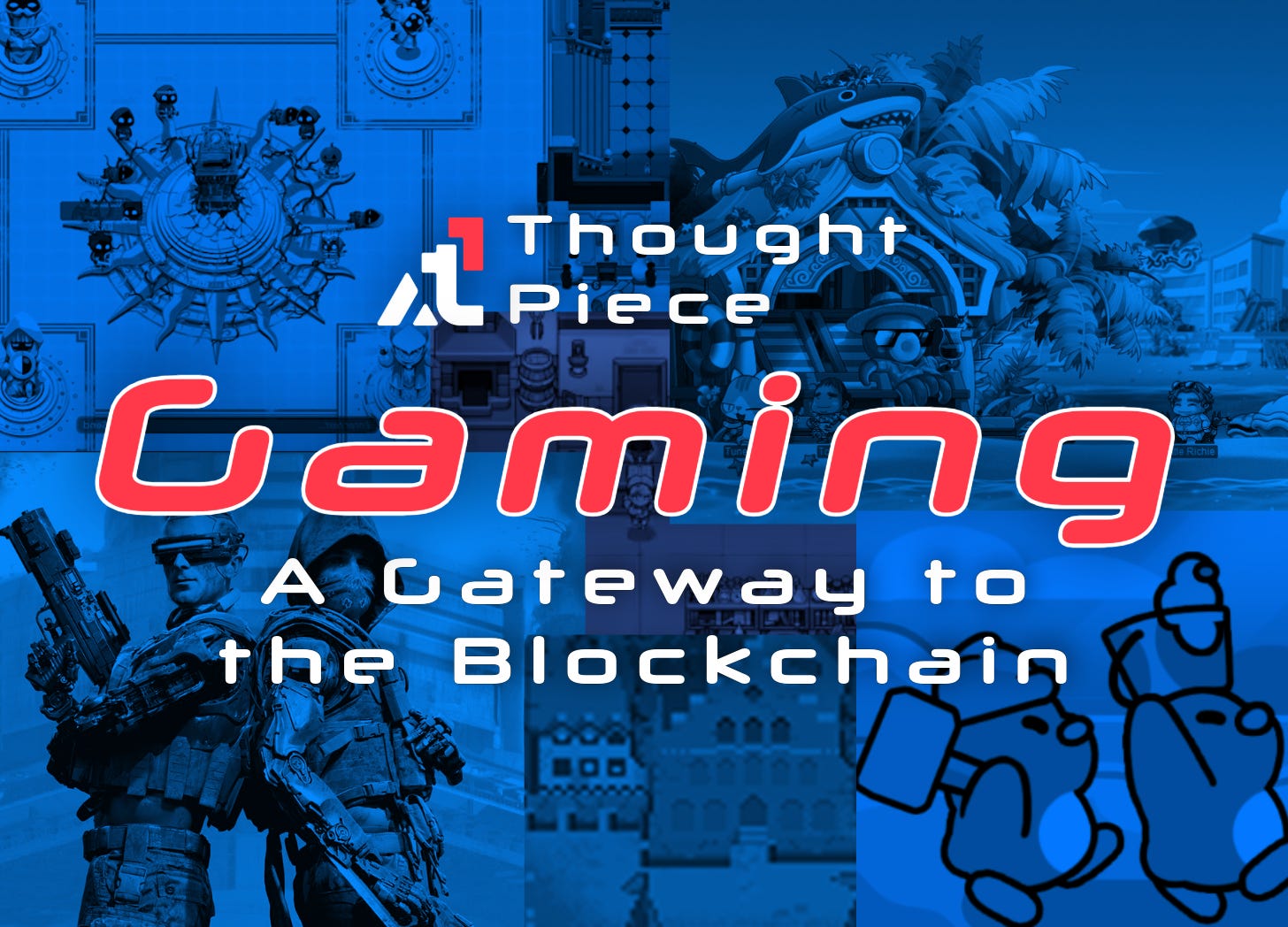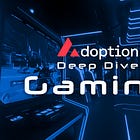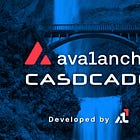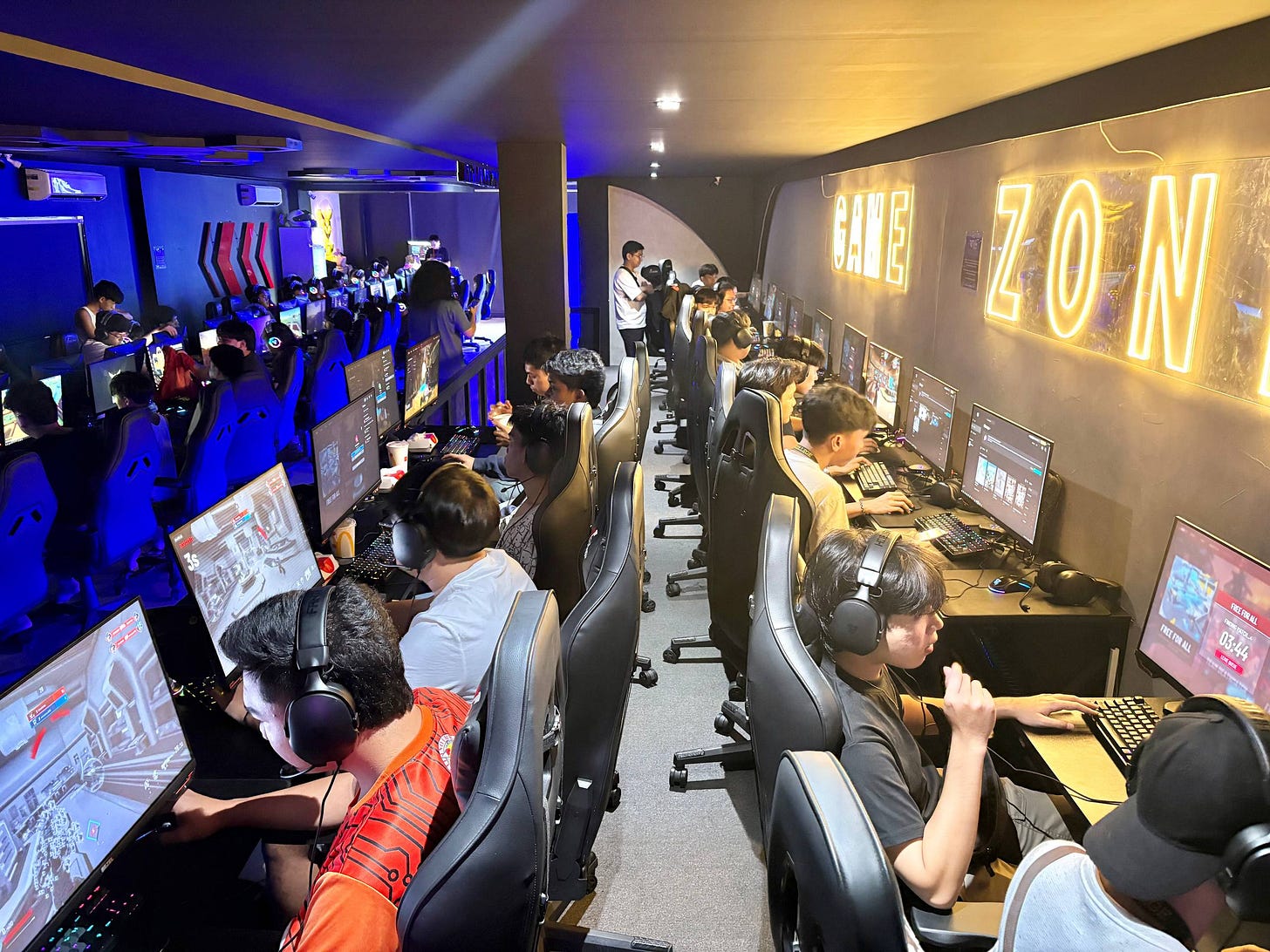Gaming: The Perfect Gateway to the Blockchain
Through fun and immersion, gaming hides the technical challenges of blockchain, making it the ideal entry point for mass adoption of Web3.
If you’ve ever tried to explain what a wallet is to a friend, you’ve probably seen their eyes glaze over. Seed phrases, gas fees, cross-chain bridges... The truth is, for most people, Web3 still feels like a complex and intimidating engine room. Many of us builders expected decentralized finance (DeFi) or digital art (NFTs) to be the engine for mass adoption. But what if the answer has been in a much more familiar place all along?
Whether you are a builder trying to onboard your community, or you’re that curious friend wondering what all the fuss is about, the path to mass adoption faces the same barrier: complexity. But what if the solution has been in a much more familiar place all along?
I argue that games are already in the process to bring the next 100 million users to the blockchain. And they are doing it almost invisibly, focusing not on the technology, but on the fun. As someone who operates daily at the intersection of gaming communities in Latin America and the cutting-edge technology of networks like Avalanche, I see this revolution happening in real-time. It stands on three core pillars.
1. The “Magical Abstraction” of Games
Good games are masters of hiding complexity. You don’t need to understand the Unreal Engine to be amazed by its graphics, nor do you need to study C++ to have fun in a match. The technology serves the experience, not the other way around. Web3 is finally learning this lesson.
Abstraction is the process of taking something complex and presenting it in a simple way. The most innovative games are already doing this with the blockchain. Instead of forcing a player to download a browser extension and write down 12 words, they integrate wallet creation into the first login with a Google or Apple account. An in-game item purchase, which is actually a secure and recorded on-chain transaction, happens with the same fluidity as a credit card purchase on Steam.
The player doesn’t need to know they are using an Avalanche Layer 1 for their transaction to be nearly instant and cost-free. They just need their new item to appear in their inventory. Technology, when applied correctly, becomes invisible. Complexity gives way to magic.
2. True Digital Ownership: The Emotional Bond
For years, gamers have invested billions of dollars in digital items: skins, characters, battle passes, items that, in practice, they never truly owned. This money is a “rent” paid to a company, which can alter the item, ban the account, or even shut down the servers at any moment, causing all that value to evaporate.
Web3 fundamentally changes this dynamic. A game item represented by an NFT is not a line of code on a company’s server; it is a registered digital asset that belongs to *you*.
This idea of true ownership creates a much stronger emotional and financial bond. As the founder of a company that also operates in the Trading Card Games (TCG) market, I see a direct parallel. Just as a rare Magic: The Gathering card has tangible value in the real world, your digital items now do too. They can be sold on a marketplace, traded with friends, or, in the future, even used in other compatible games. Your digital assets become an extension of your gamer identity, with real and lasting value.
3. From Player to Stakeholder: The Revolution
The first Play-to-Earn models were a gateway, but the real revolution lies in the Play-and-Own model. The change is subtle, yet powerful. The goal is no longer just to “play to earn,” but to “play and become an owner” of a piece of the ecosystem.
This radically transforms community dynamics. In my daily work with gaming communities, I see players cease to be mere consumers and become stakeholders. They have a direct and financial interest in the game’s success. They become the project’s biggest evangelists, creating content, giving constructive feedback to developers, and defending the game, because the success of the ecosystem is their success.
This engaged community is the most valuable asset of any Web3 project. They are the governance, the marketing, and the soul of the game.
Believe me, the future is fun.
Mass adoption of the blockchain will not come through complex instruction manuals, but through the fun, competition, and sense of belonging that only games can offer. The distinction between “game” and “blockchain game” is destined to disappear. They will just be “games,” and the best ones will simply give their players true ownership of their assets.
For the builders reading this, the message is clear: focus on the fun and abstract away the technology. The community, empowered by ownership, will do the rest.
And for the gamers who feel curious but don’t know where to start, the advice is simple: the best time to learn is now. You don’t need to dive in headfirst. Instead of navigating a sea of information alone, you can take clear, guided steps.
Explore the Ecosystem with a Guide: The first step can feel overwhelming. That’s why platforms like Cascade are so valuable. It’s a discovery platform built on Avalanche that acts as your starting point, curating games and quests to help you explore the ecosystem and even earn rewards while you learn. It’s the perfect place to take that first step.
Join a community: Enter the Discord or Telegram of a game and a community that catches your eye. Just observe and listen to the conversations. You will learn more there than in any article.
Play: The best way to learn is by doing. Try a free-to-play game to understand the dynamics without risking anything.
The next frontier of the internet is being built, and the front door might just be that game icon on your desktop.
As you begin your journey, you’ll have more questions. That’s what I’m here for. I regularly post insights, guides, and analysis on this topic. Follow me on X [@hiranonft] for daily thoughts or on Instagram [@hirano.gg] for video content that can help you along the way.
Dive into the Avalanche ecosystem today! Download the Core Wallet and unlock a world of seamless DeFi, NFTs, and more.









